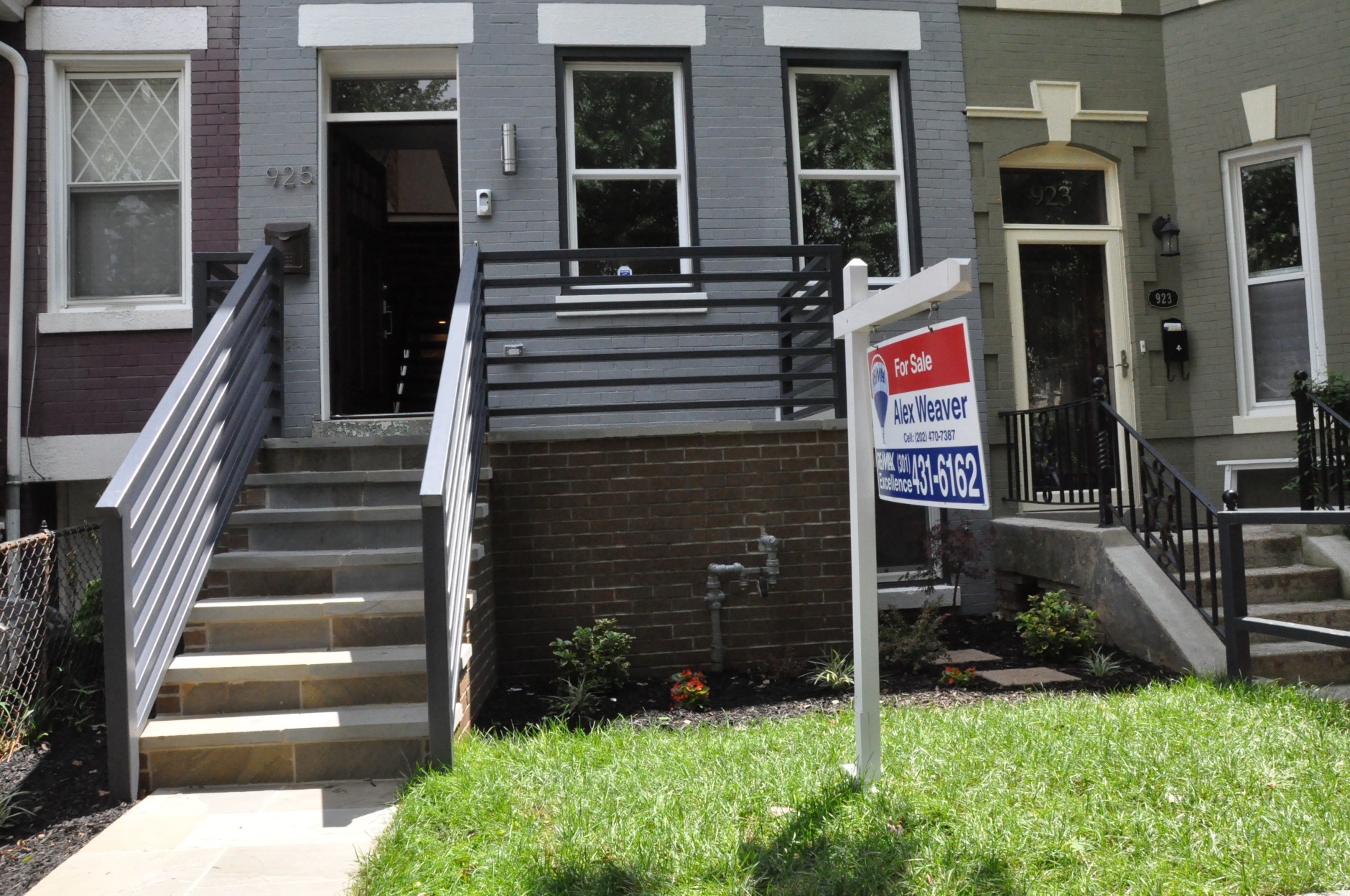
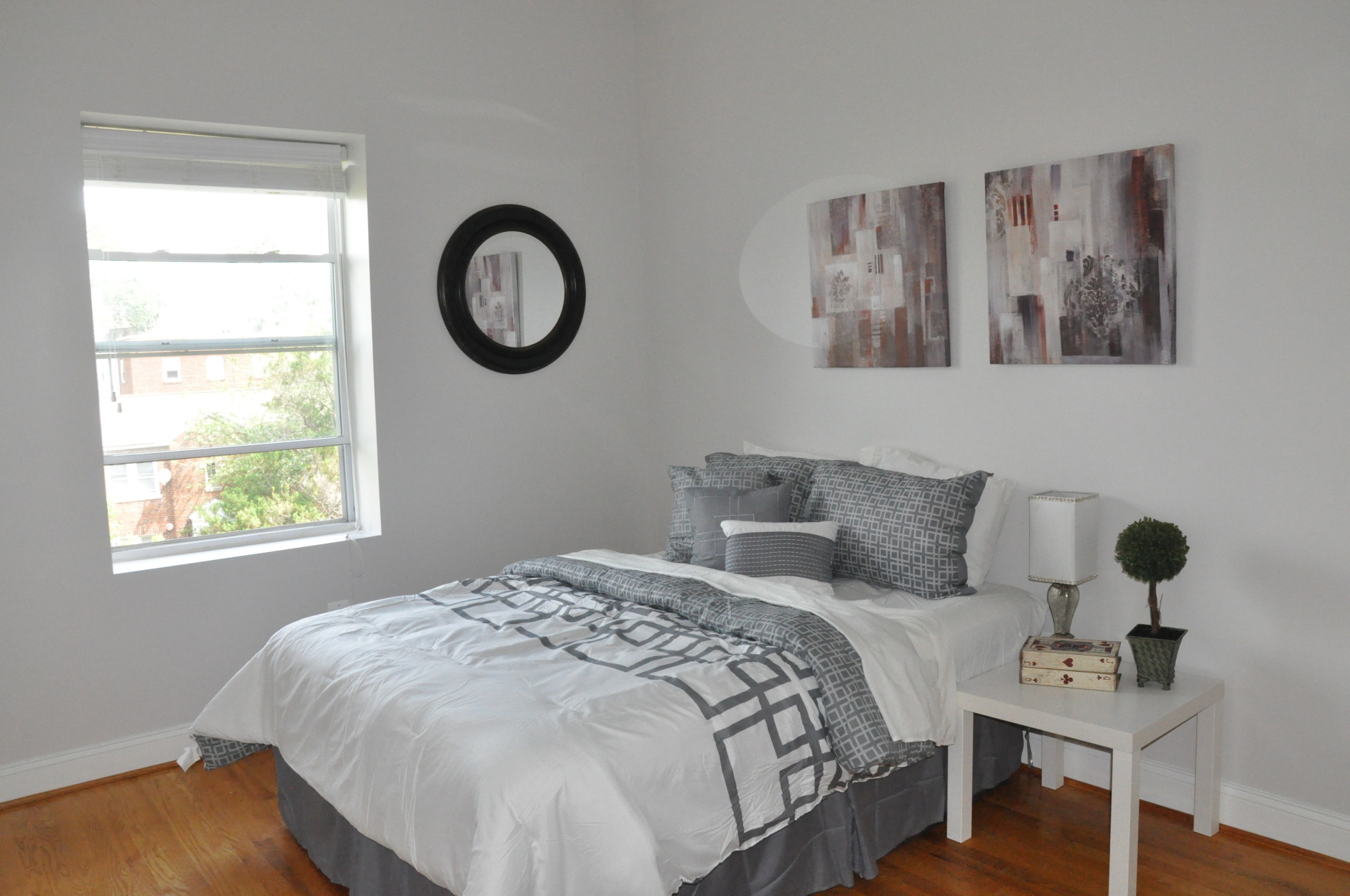
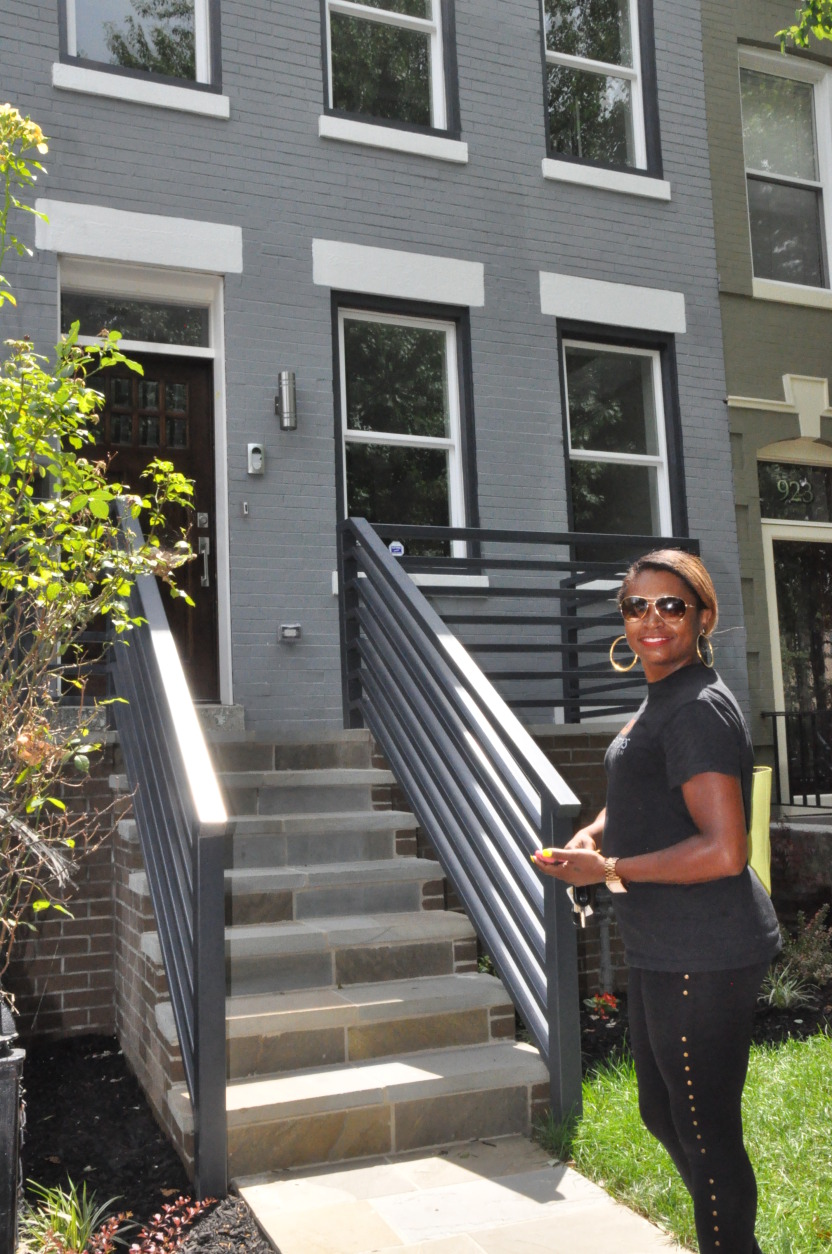
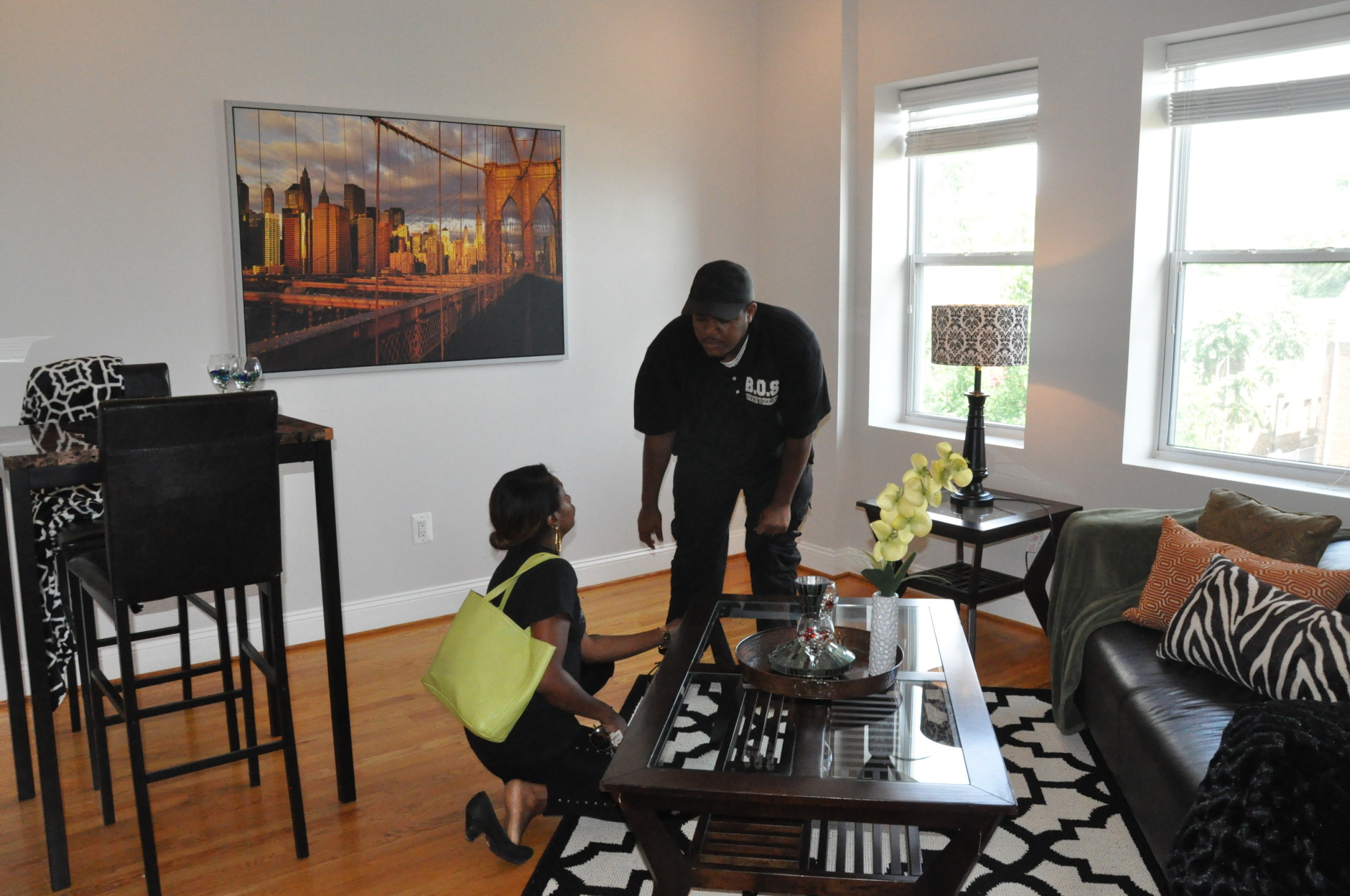
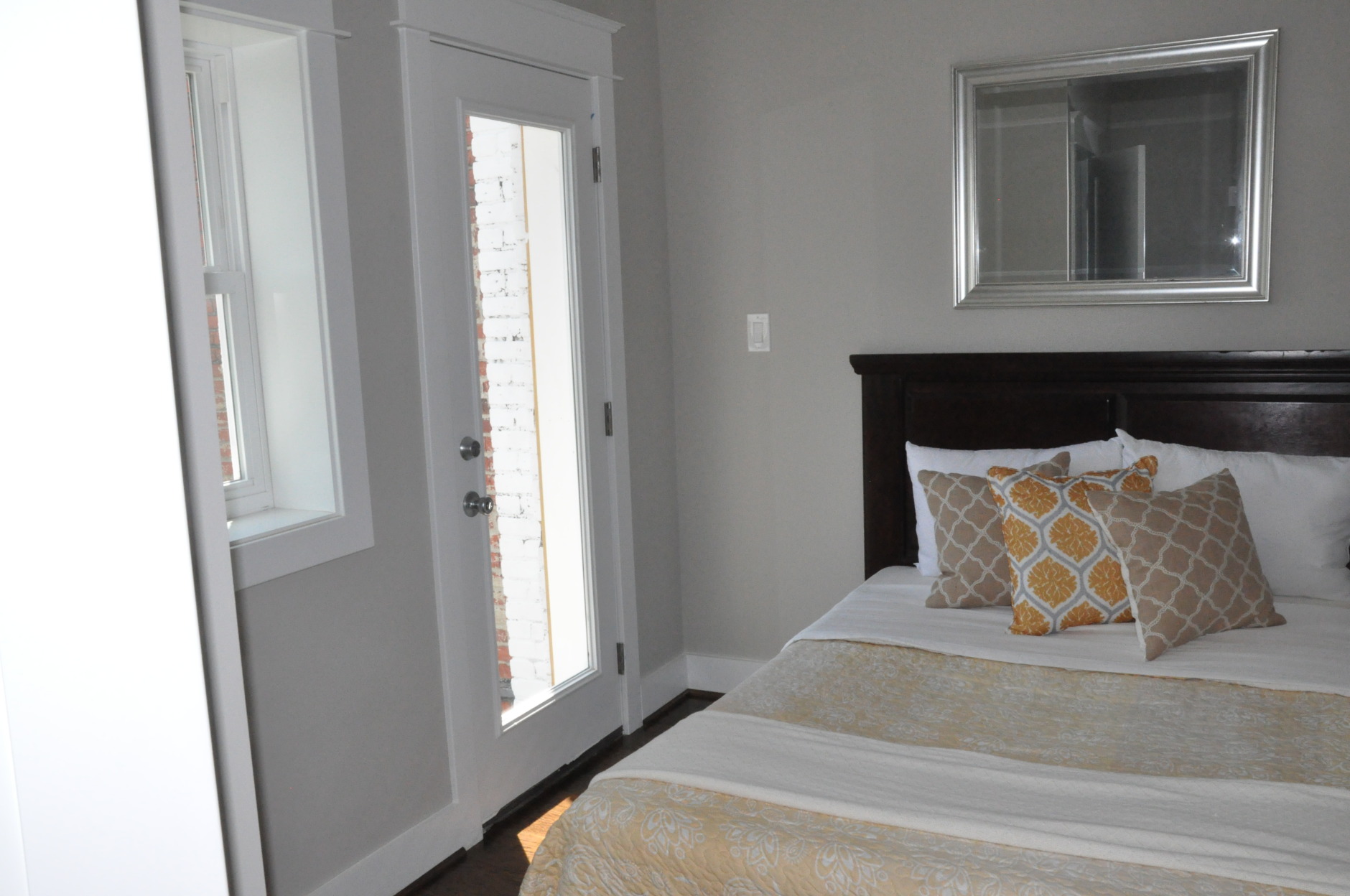
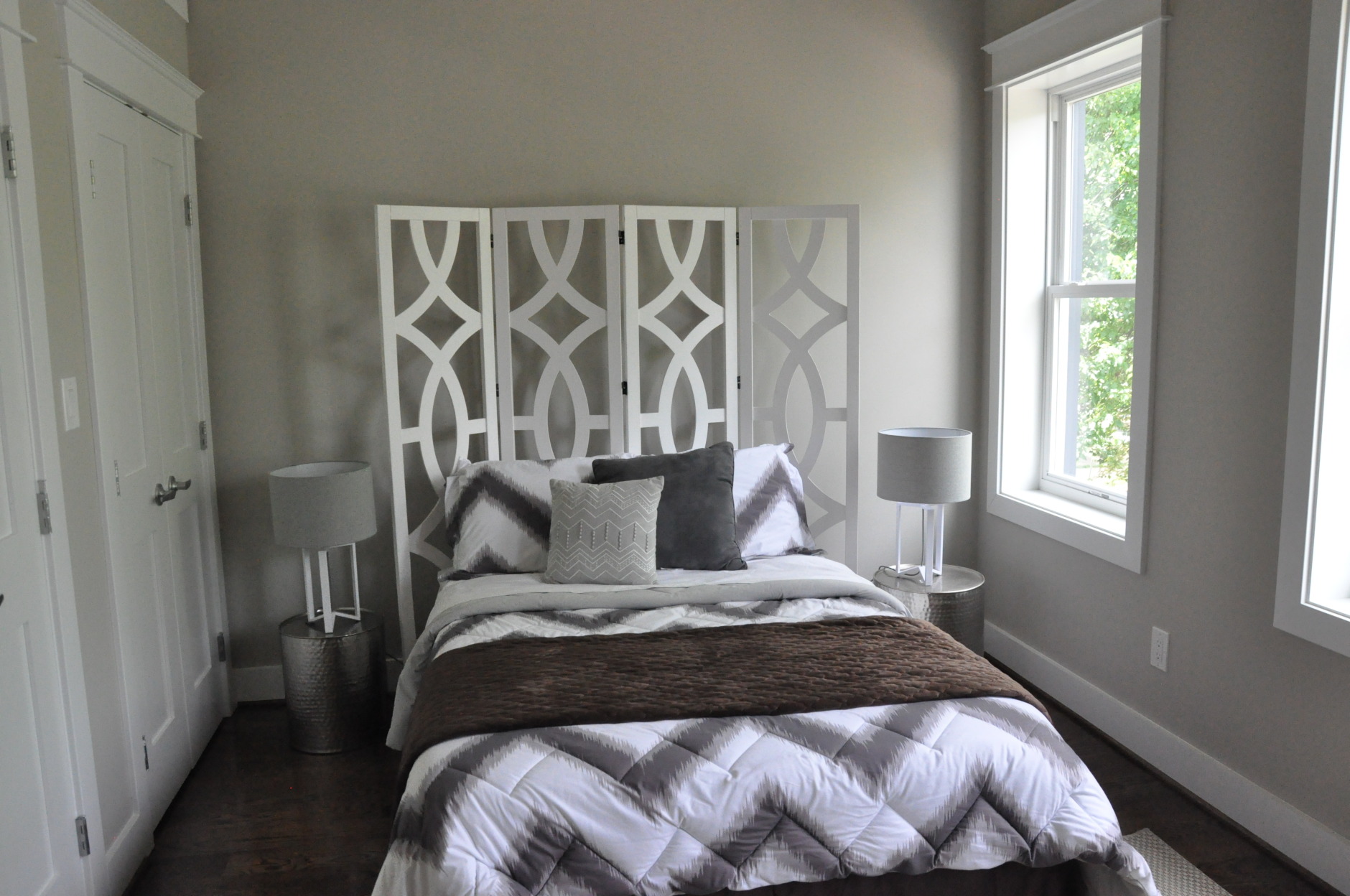
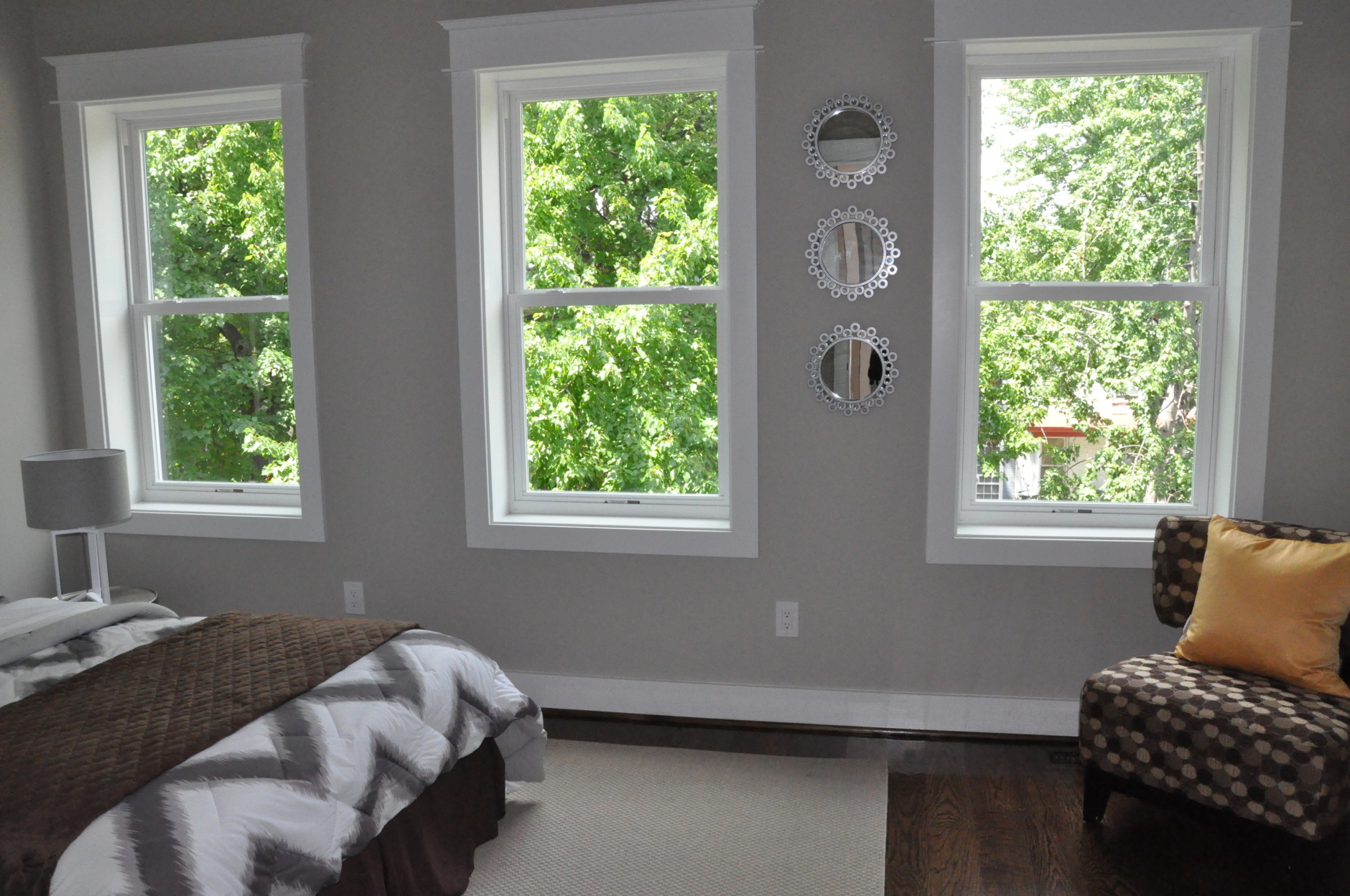
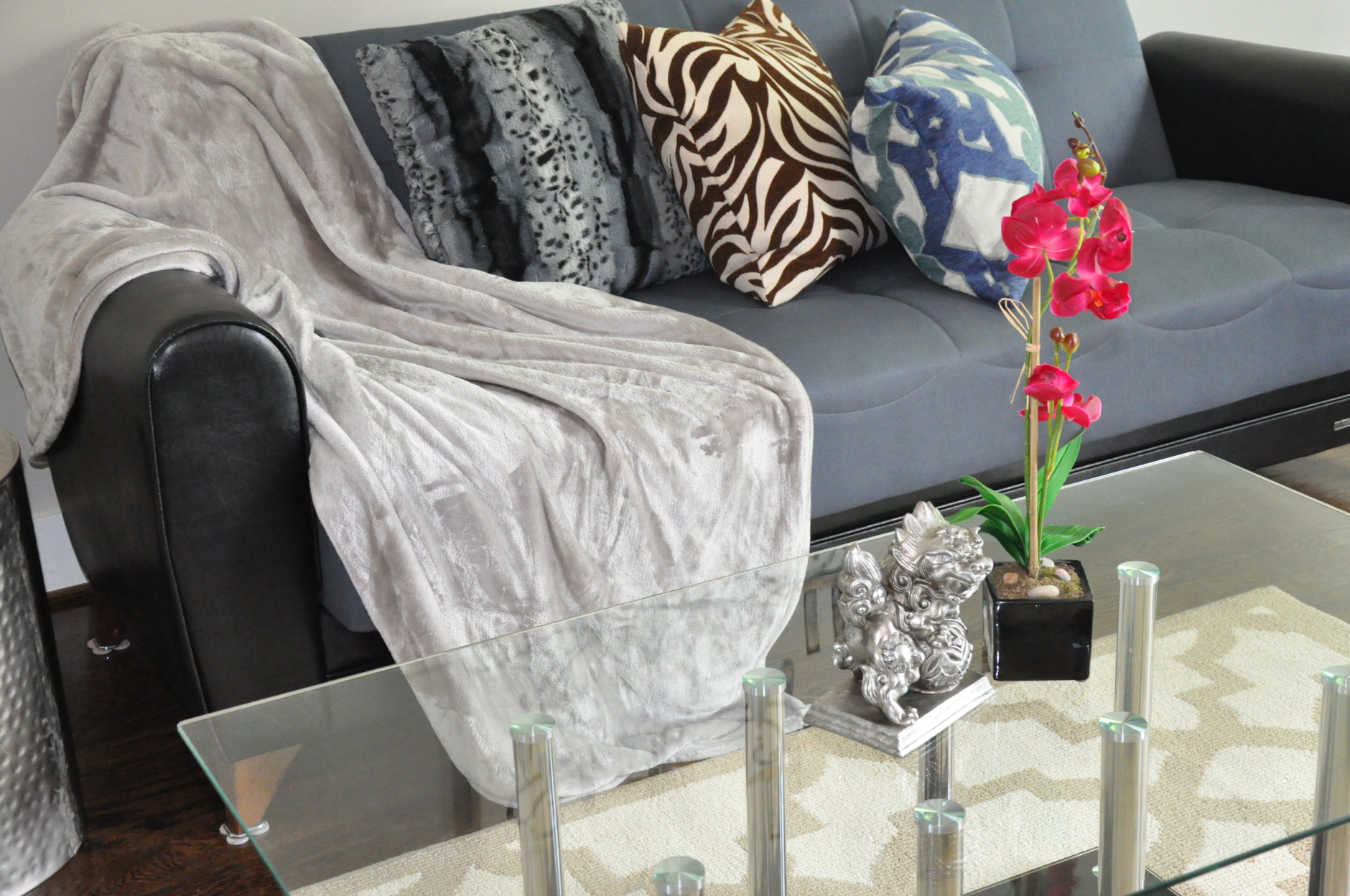
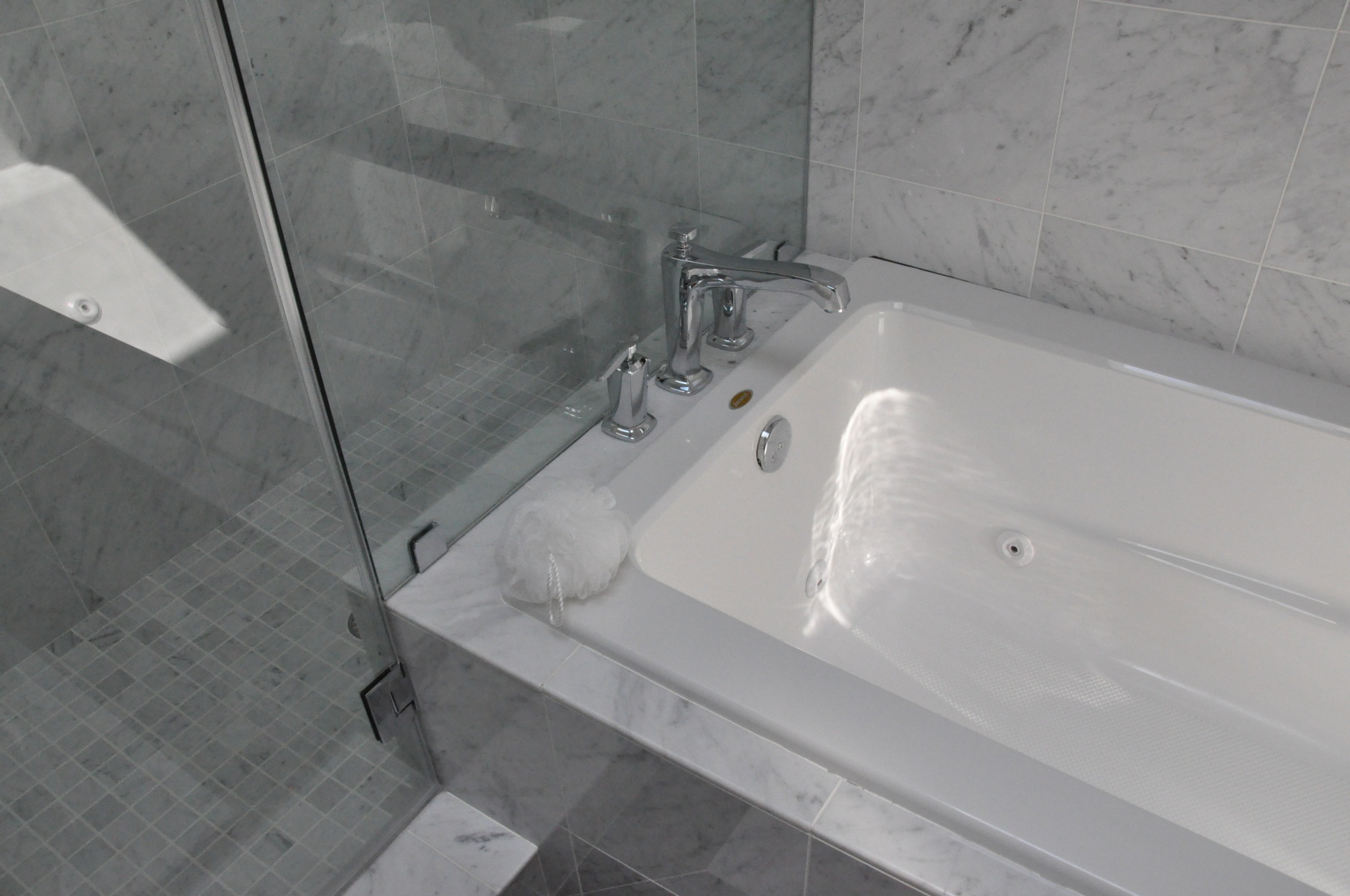
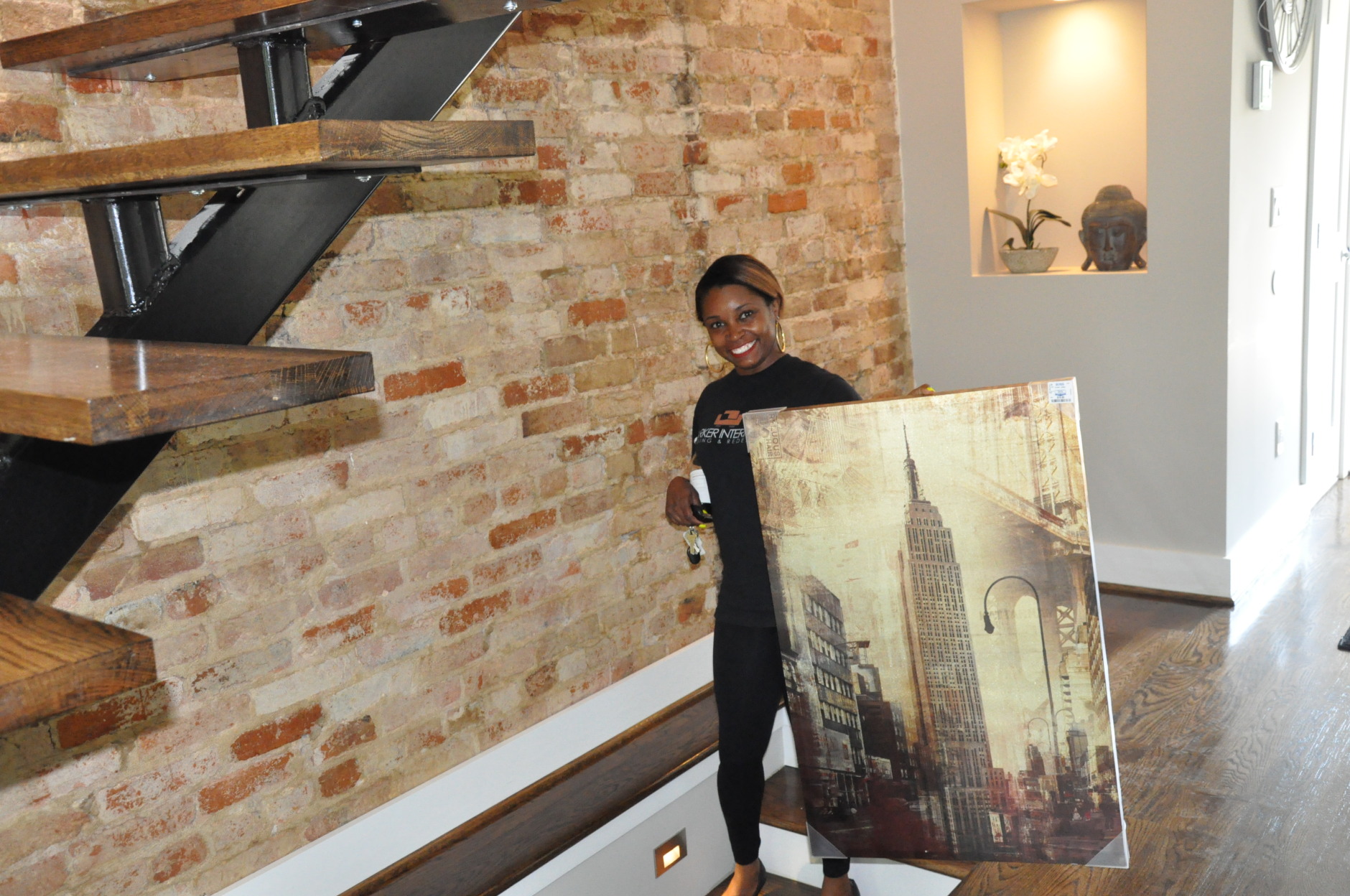
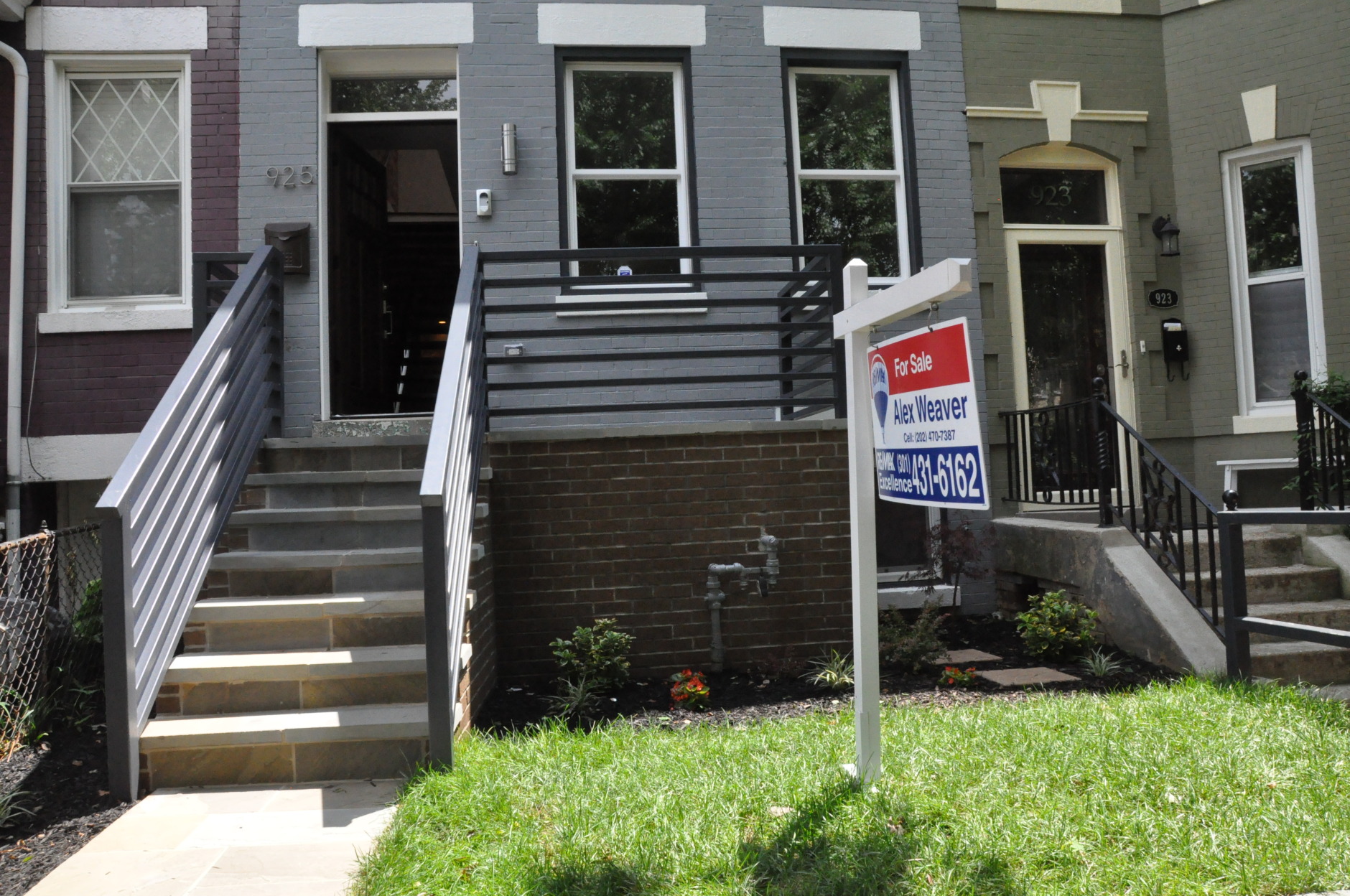
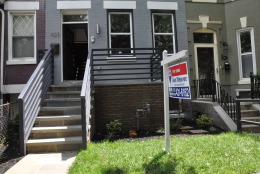
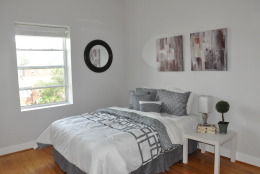
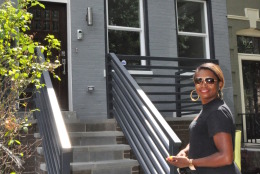
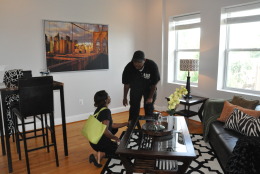
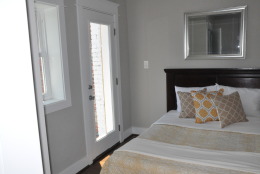
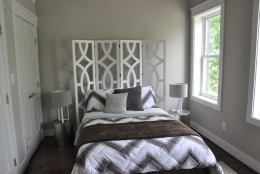
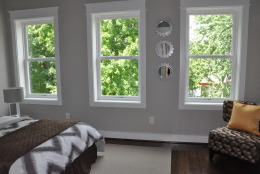
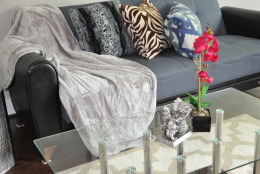
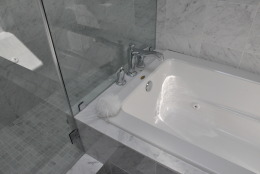
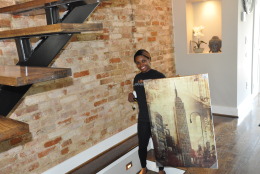
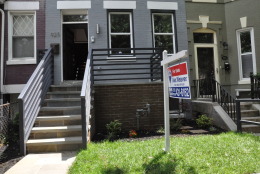
WASHINGTON — Tiffany Parker spends her days talking with contractors and real estate agents, coordinating with movers and looking at apartments before they go on the market. She’s not considering buying a home; she’s helping others sell theirs.
Parker, the founder of Parker Interiors Home Staging, has been staging homes in the D.C. area for the past five years. Her job is to create an ambiance with furniture, art, color and accents in order to make a property appealing to potential buyers and help them see how a space can be utilized or lived in.
“In the case of a vacant home, it’s bringing furniture to it to add warmth and personality; in the case of an occupied home, it’s sometimes reducing that personality and neutralizing it so that it appeals to more people,” Parker says.
The cost varies, but Parker says in the D.C. area, one can expect to pay between $1,000 and $3,000, depending on the size of the home and the work involved in staging. And yes, it’s work.
Parker and her team have staging down to a science; the key is balancing logistics. Parker purchases and owns all of the furniture, art and home accents she uses to stage a home — she has enough to stage 35 properties.
Each week, Parker stages between three and seven homes, so her days require multiple trips to and from her storage warehouse, her office, the clients’ homes and possibly a furniture store if she needs to buy a piece.
While Parker cannot promise that staging a home will make the house sell faster or for a higher price, she can guarantee it gives the seller an edge in the market.
“What I can say is that, for sure, it makes your home more competitive. You’re going to get that second look; you’re going to be thought about.”
Developer and general contractor David Gorham, of Creative Design Contractors, has renovated between 30 and 40 homes in D.C. Before showing his properties to potential buyers or hosting an open house, he works with a stager to enhance his work.
“[We want] to give the buyer an outlook on what they can do with the property,” Gorham says.
“If a person can visualize and see the difference the furniture makes in the home







